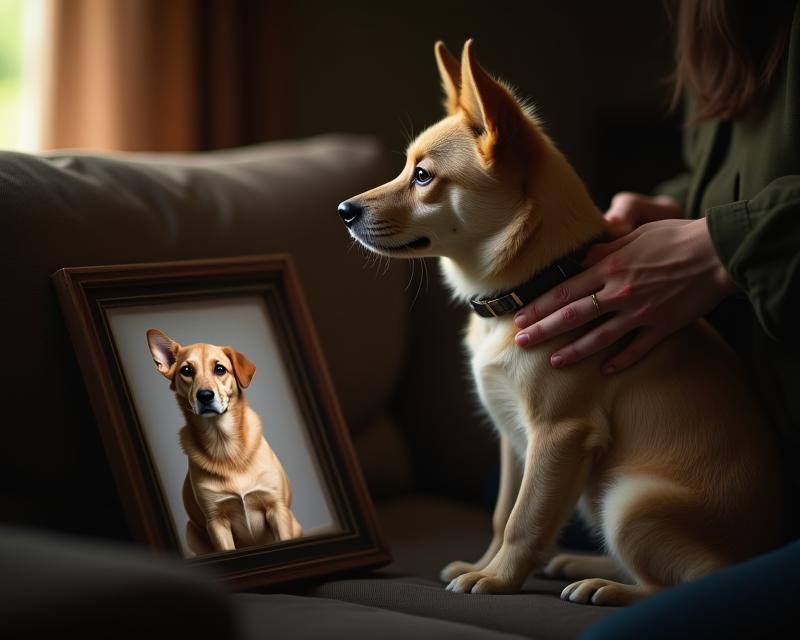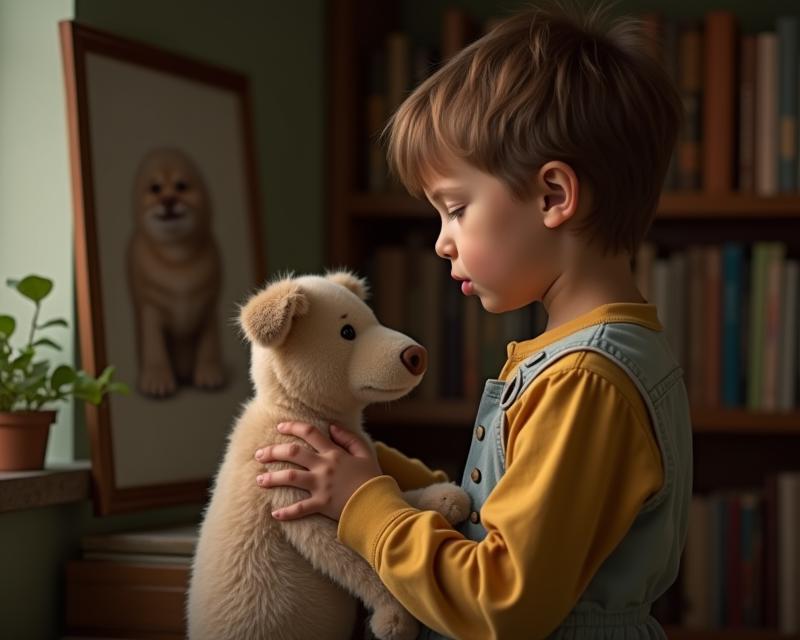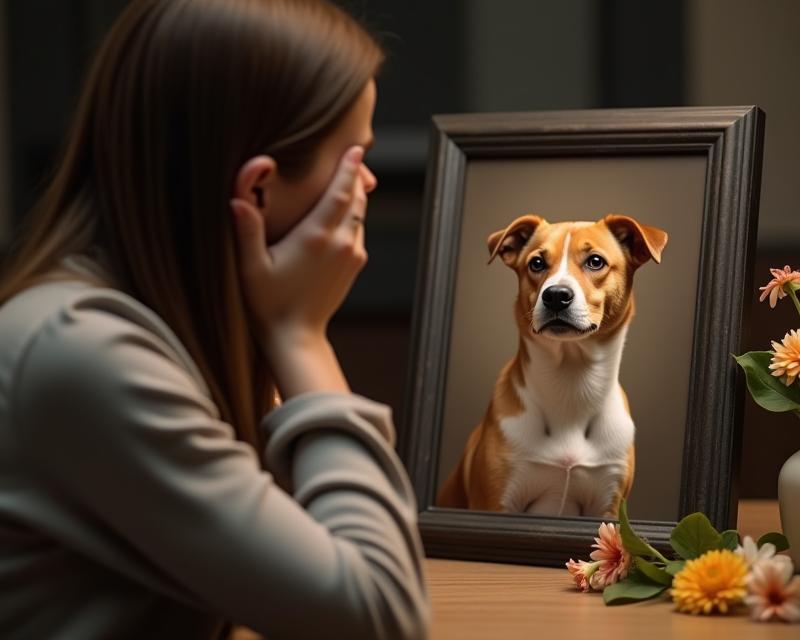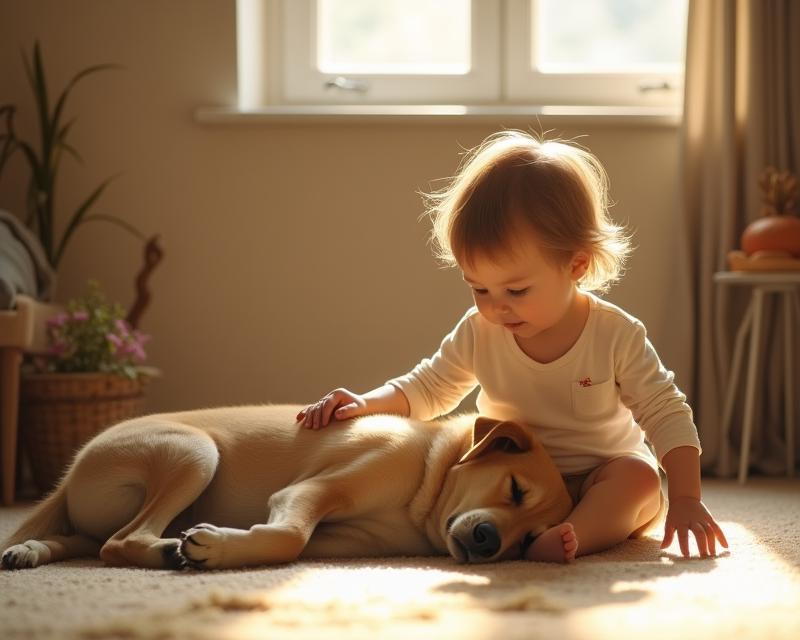Decoding Your Pet's Marking Behavior
Publish in General Care el 28/06/2025 23:30
Why Does My Pet Mark? Understanding Territory Behavior
Have you ever noticed your dog lifting their leg to urinate on a fire hydrant, tree, or even your favorite armchair? Or perhaps your cat is spraying urine on vertical surfaces? This behavior, known as marking, is a natural part of a pet's communication and can be confusing for owners. But understanding *why* they do it is the first step to managing it.

What is Territory Marking?
Territory marking isn't about being intentionally rude! It's a way for your pet to communicate with other animals (and sometimes even with you!). Animals have scent glands in their urine and anal glands, and when they mark, they're essentially leaving a scent message. This message can convey information like "This is my space," "I'm here," or even "I'm available!" It's a way of establishing boundaries and asserting dominance or security within their environment.
Why Do Pets Mark? (Dogs vs. Cats)
While the core reason is similar, the motivations can differ between dogs and cats. Dogs often mark to establish their presence and claim ownership of an area. It's a way of saying, "This is mine!" They might do this when they're feeling anxious, insecure, or when a new animal has entered their territory. Cats, on the other hand, are more likely to spray urine, which is often associated with stress, territorial disputes, or marking as a way to attract a mate. The spraying behavior in cats is often a response to perceived threats or changes in their environment.
How to Manage Marking Behavior
Stopping marking behavior takes patience and understanding. Here are some tips:
- Neutering/Spaying: This is often the most effective solution, especially for dogs. It significantly reduces the urge to mark due to hormonal influences.
- Clean Thoroughly: Use an enzymatic cleaner specifically designed for pet urine to eliminate the scent completely. Regular cleaners won't do the trick, as the scent can linger and encourage repeat marking.
- Reduce Stress: Identify and address any stressors in your pet's environment. This could include changes in routine, new pets, loud noises, or lack of exercise.
- Increase Exercise & Mental Stimulation: A tired pet is less likely to engage in unwanted behaviors. Provide plenty of opportunities for physical activity and mental enrichment.
- Supervise & Redirect: If you catch your pet in the act of marking indoors, interrupt them (without scolding!) and redirect their attention to a more appropriate place.
- Consult Your Vet: If marking behavior is sudden or excessive, consult your veterinarian to rule out any underlying medical conditions.
Remember, marking is a natural behavior. By understanding the reasons behind it and implementing these strategies, you can help manage the behavior and create a more harmonious environment for both you and your pet.





